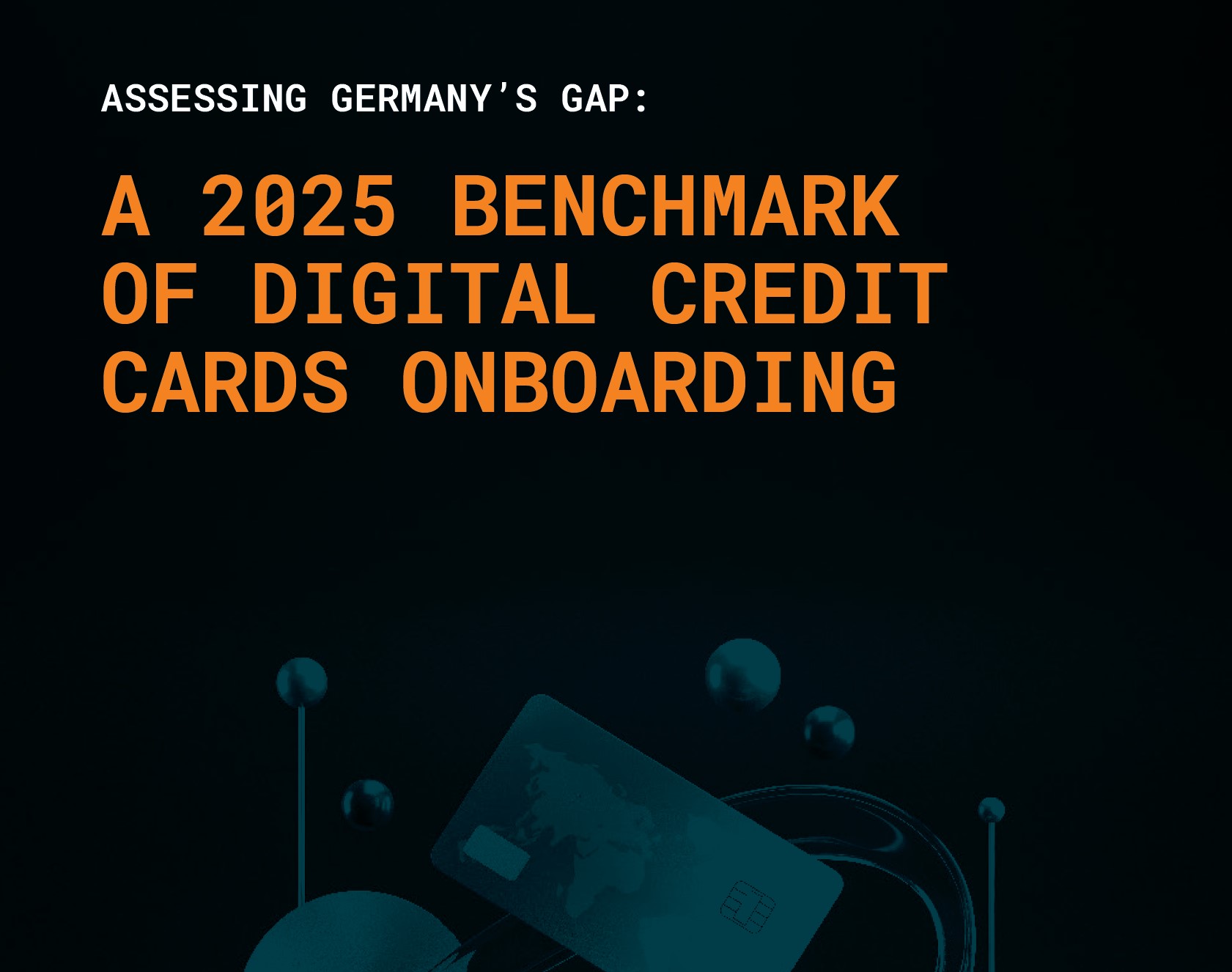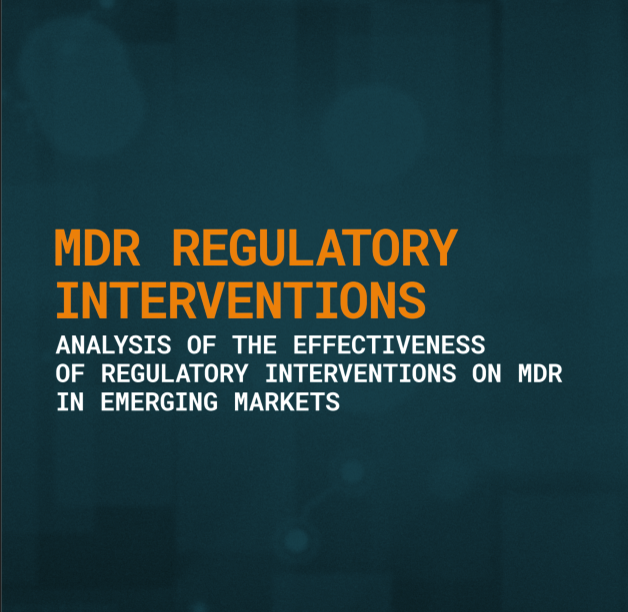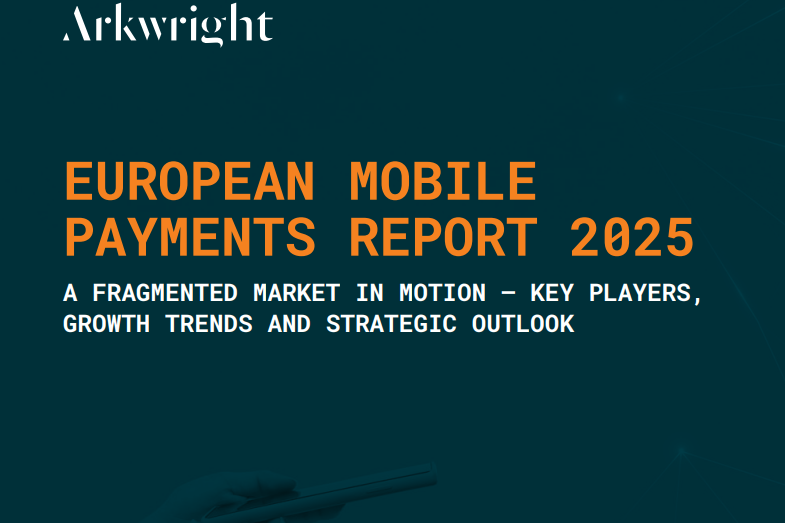The European mobile payments landscape remains a dynamic and fragmented environment, shaped by three categories of solutions: domestic mobile payment systems, pan-European initiatives and global mobile wallet-based payment solutions such as OEM Pays (e.g. Apple Pay, Google Pay, Samsung Pay).
Among the 43 domestic solutions analysed, eight have emerged as “local heroes” – Bizum, Blik, MB Way, MobilePay, Payconiq, Swish, Twint and Vipps – achieving 46% average annual transaction growth (CAGR) in their markets over the past decade (Figure 5). Their success stems from eight success factors (Figure 17) – including close collaboration with local banks, tailored value propositions for consumers and merchant segments as well as strong distribution strategies. These elements enable them to compete effectively with global Big Tech.
OEM Pays have also shown strong growth, with an estimated 70% CAGR in transaction volumes from 2017–2023 (Figure 10), particularly in markets like Germany, France and Italy, where domestic mobile solutions are weaker. Model-based estimates indicate OEM Pays’ penetration rivals that of “local heroes” in their home markets, highlighting direct competition across point-of-sale and e-commerce use cases.
Momentum is building for pan-European initiatives to achieve cross-border interoperability, enabling seamless transactions like P2P and POS payments across countries. In November 2024, the European Payment Alliance (EuroPA) was launched by Bancomat, Bizum and MB Way, with the goal of enabling interoperability by 2025. Vipps MobilePay, Blik and DIAS have since joined the initiative. A collaboration with EPI is underway, with a feasibility study on integrating Wero, EPI’s mobile payment wallet, set for completion by summer 2025.
This marks a strategic shift for EPI towards a more integrated role in the European payments landscape, guided in part by an interoperability strategy. At the same time, EPI continues to build momentum as a payment scheme, supported by several new partnerships and member institutions that joined in early 2025. To keep pace with OEM Pays in Benelux, France and Germany, key adoption challenges must be addressed and the outlined key success factors prioritised (Figure 17) – particularly in Germany, where uptake remains modest at 1.4 million users compared to some 40 million in France and Belgium, where existing domestic solutions were integrated.
Political support will also be critical. In the near term, OEM Pays’ continued growth, alongside strong, regionally anchored domestic systems with partial interoperability, is the likely trajectory for Europe. These developments drive adoption but fall short of the EU’s ambition for a unified payments system, as they address fragmentation locally rather than holistically. A unified solution requires technical, commercial and ownership harmonisation, a complex process likely to take a decade rather than just a few years.

%402x.svg)

.svg)




